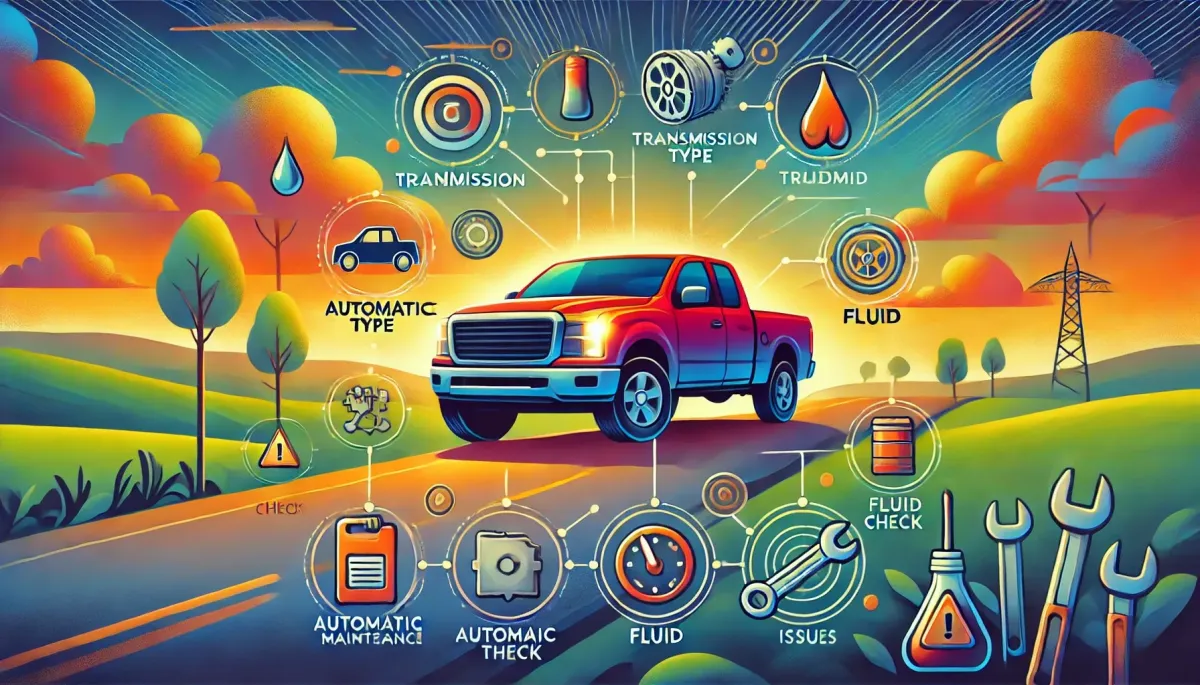Expert Tips for Upgrading Your Pickup Truck Transmission
Transform your pickup truck with a transmission upgrade for better performance, increased towing capacity, and improved fuel efficiency. Learn the signs that indicate an upgrade is needed, explore different types of transmissions, and get step-by-step guidance on the upgrade process. Our expert tips on post-upgrade maintenance ensure your new transmission performs optimally, providing a reliable and enhanced driving experience.






